Phil Pascoe
Established Member
I don't know what you or someone else did - my fascias were done with Dulux and were perfect after being untouched for fourteen years. My gate was touched up twice in twenty.

Fascias and gate have one thing in common - they both hang free off the ground with bottom edges in the open air. If they get wet they will probably dry out well.phil.p":i3gg1nbm said:I don't know what you or someone else did - my fascias were done with Dulux and were perfect after being untouched for fourteen years. My gate was touched up twice in twenty.
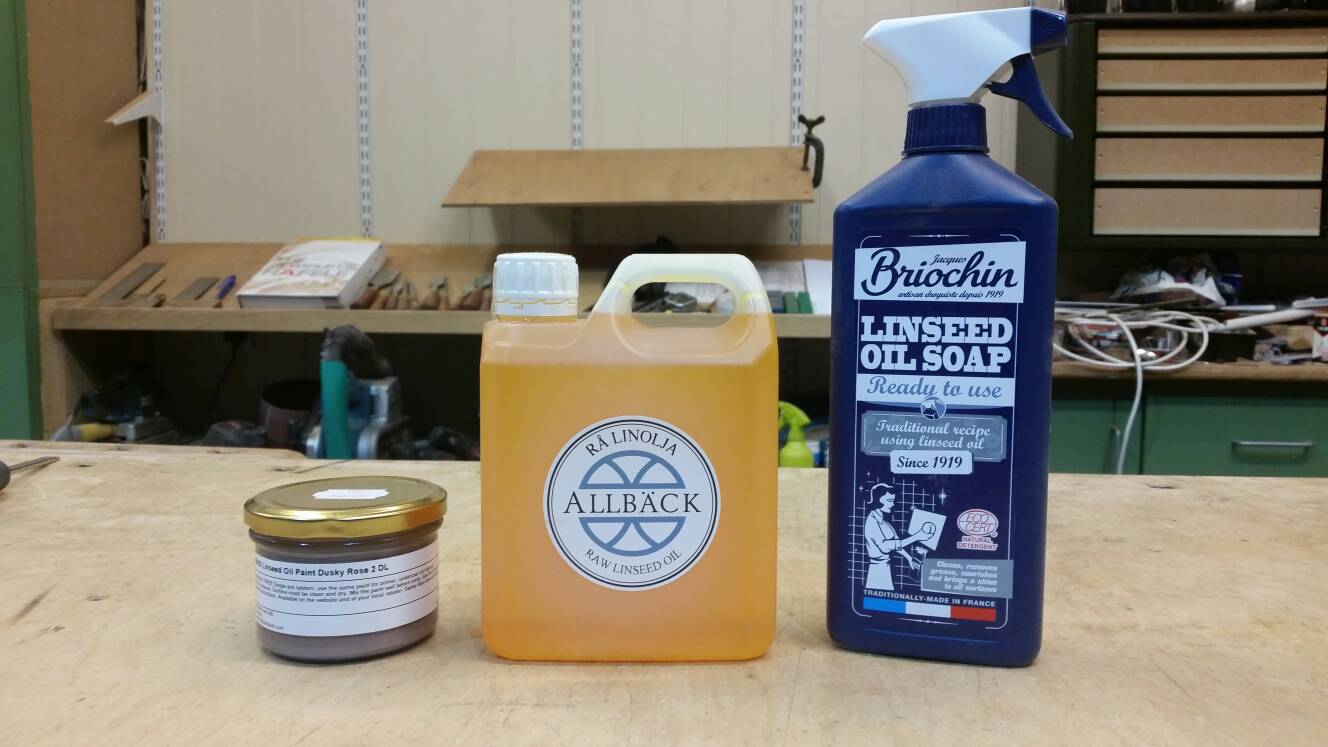
I don't know what you or someone else did - my fascias were done with Dulux and were perfect after being untouched for fourteen years. My gate was touched up twice in twenty.
Thats always how it is - the sunny side gets more much temperature variation and stress. Out of the sun the max temperature is going to be max air temperature and no higher. In the sun things can get very hot.Halo Jones":2yoq6r9k said:...... It is funny the exposed windows look terrible but all the north facing windows look practically brand new.
....








Have you ever had any issues with blotchy colour like some of my pics ? I used meths to degrease, so perhaps white spirit behaves differently ? I'm glad you posted cause it's nice to hear you have enough confidence in it to do a large batch of windows. Out of curiosity do you prime with raw oil and how many coats do you end up giving it so it's finished ?rhrwilliams":1gdy44y9 said:You also only need linseed oil and the paint ...thats it. The linseed soap is good but white spirit is just as good too.
That might explain what happened earlier this week. I've got an outdoor electronic thermometer and I needed to move it so it was with in range of the indoor one. I was having a fiddle and found the minimum and maximum temperature for the last few weeks. The sensor was tucked away a little bit but even so the highest reading was 54 degrees. I know it gets warm out there but didn't expect that kind of temperature this time of year- that's nearly as hot as my radiator ! When you look at it like that, it's no wonder some finishs have difficulty adhering to the wood.Jacob":1vvkwlsg said:Thats always how it is - the sunny side gets more much temperature variation and stress. Out of the sun the max temperature is going to be max air temperature and no higher. In the sun things can get very hot.Halo Jones":1vvkwlsg said:...... It is funny the exposed windows look terrible but all the north facing windows look practically brand new.
....
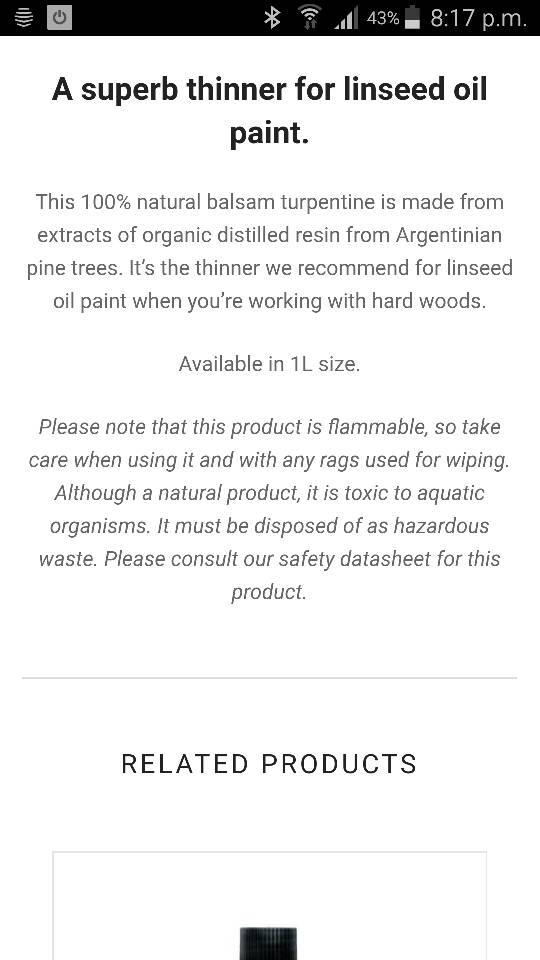
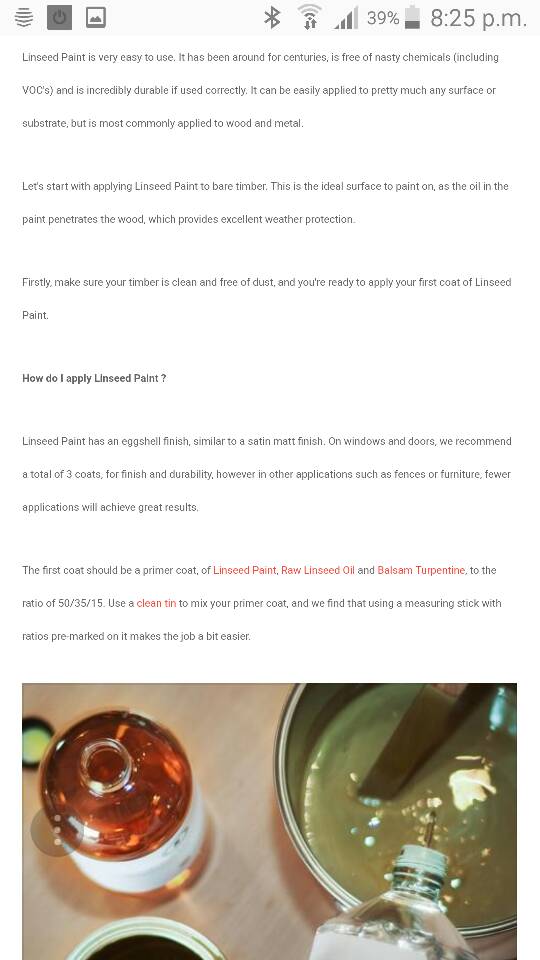
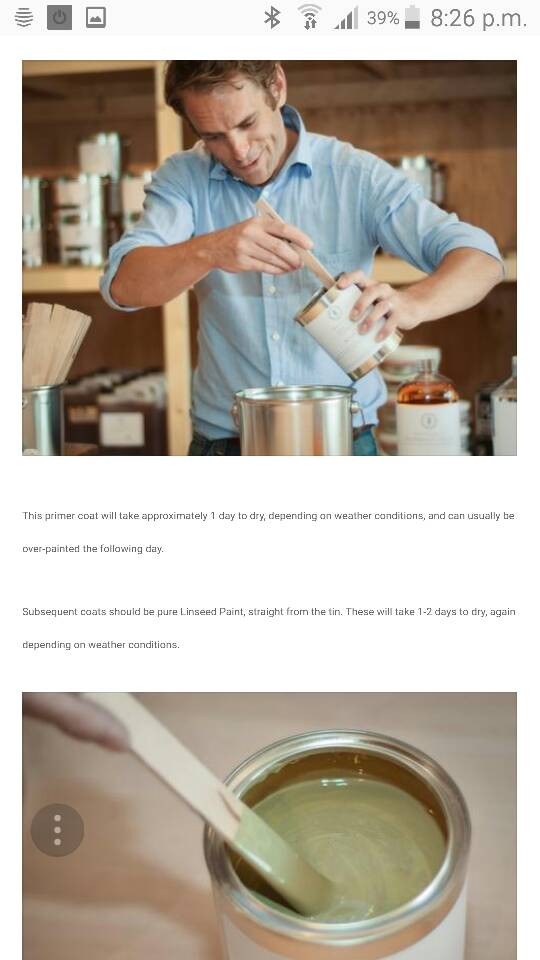
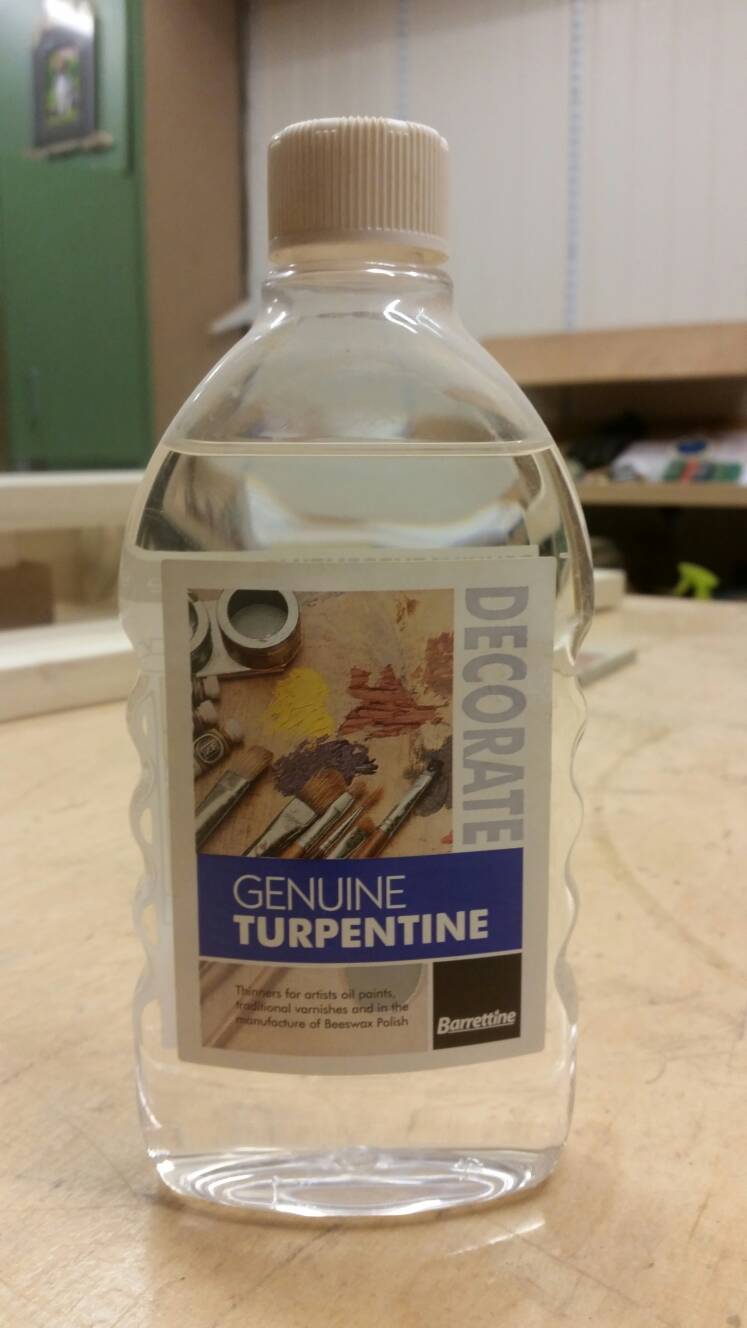
I'm starting to like the sound of this other brand of linseed paint though....bugbear":388d2zni said:It's all sounding like a bit of a rabbit hole TBH. I think I'll stick (no pun intended) with normal paint.
Good thread - lots of viewpoints and info.
BugBear


Enter your email address to join: